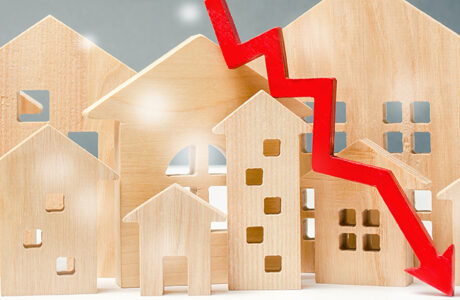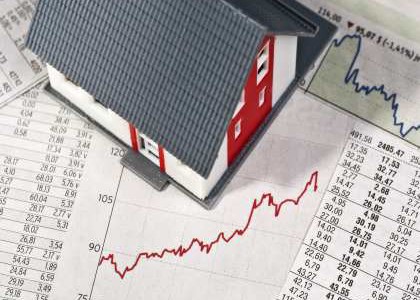Donald Trump’s victory in November’s presidential election sent bond yields flying and mortgage rates following closely behind. Since then, analysts have been trying to figure out how these changes could likely affect the U.S. housing market. While slight increases in mortgage rates aren’t likely to make new homeowners’ mortgage payments significantly higher than if they had purchased before the election, the public’s perception of higher rates and thus a misinterpretation of significantly higher costs could slow things down. Add in what many believe to be overly cautious lending standards and extremely tight inventory, and the U.S. housing market appears to have more than its share of challenges going into 2017.
While mortgage rates have NOT made a significant move upward yet, most analysts project stronger economic growth in the U.S. for later this year which almost always causes fixed rates to rise. However, a stronger economy also usually means higher wages and more jobs — two key ingredients needed to create more housing demand.
With inventory levels at 17 month lows and more consumers joining the workforce and earning more money, this should offset any additional costs associated with an uptick in mortgage rates.
The real key, according to some industry professionals and analysts, is going to be the regulatory path for changes in the Dodd-Frank Act. The Trump Administration has already signed one executive order for departments to review and change their regulatory rules based upon looser interpretations, but they have made it clear that they will be proposing changes in Congress to lighten up the impact of Dodd-Frank which would make lending easier for financial institutions and potentially add more home buyers to the market place than their otherwise would be and that would add more demand to a housing market that is already very tight.
Even if the regulatory changes take place and it becomes easier for the average person to get a mortgage, the challenge of low inventory remains. More people will need to put their homes on the market, which will likely require an increase in home values. After all, homeowners who bought just before the market crashed and home prices were at their peak, are now struggling to regain equity. With a stronger economy, home values could very likely follow suit and see considerable growth.
In the meantime, Texas’ real estate has been stronger than most markets, seeing fairly steady increases in home values and exponential demand. This is likely due to Texas’ strong economy, which has helped it attract people from other parts of the nation. As the nation’s economy gains strength, Texas as well as every other state, could soon see additional growth.






















Comments are closed.